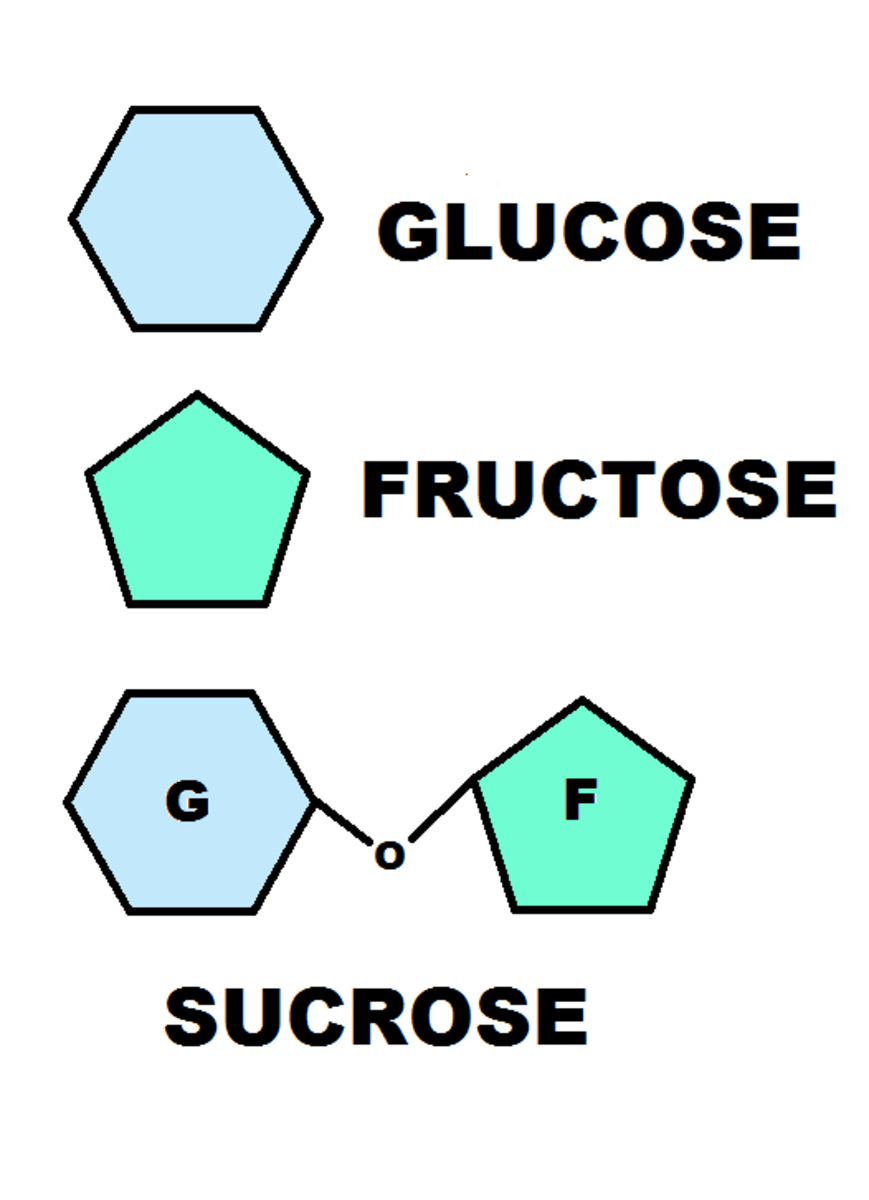"Sugar Cravings and Dopamine: The Science Behind the Addiction"
How to Make Informed Choices for a Healthier Life.
Hey,
In this blog post, we will learn about the science revolving around sugar craving and actionable advice to reduce and blunt sugar spike on ingestion of sweet substance.
Sucrose is composed of glucose and fructose. Every time you a grab of cup of coffee and add some table sugar, your body breaks that down to it’s components glucose and fructose.
An experiment conducted on rats to understand the craving of sugar is described below.
Two bottles - one with glucose and other with water were kept.
Engineered human taste receptor were placed into the mice.
CASE 1 -
The mouse preferred the glucose bottle over water- quite obvious . (sweet taste)
CASE 2 -
In the second case, the mice's taste receptors were destroyed, rendering them unable to distinguish between sweet and other tastes (e.g. sour, umami, salty). Despite this, after 48 hours, the mouse preferred the glucose bottle.
WHY?
CONCLUSION: This could be due to the mouse's ability to detect which colour, shape, and size of the bottle contained that glucose before the taste receptors were destroyed.
Another reason could be the GUT BRAIN AXIS.
Simply put -
When you ingest any sweet containing substance , the cells in the intestine sense this glucose and send a signal up to the brain saying” I want more of this!”
Hence your intestine cells play a role in craving for sugar.
DOPAMINE PATHWAY
Dopamine - the molecule of feeling good plays an equal role in our craving for sweet.
This molecule is released when you ingest sweet and a peak dopamine release is achieved with the first ingestion of sweet substance.
This peak is followed by a crash. Which leads to engaging in the same behaviour and craving the sugar substance again.
Once you have your favourite oreo shake, you feel a big win . On finishing the drink, sometime later- a feeling of crash (pain) arises , and this leads to a greater craving of the drink that brought that dopamine peak in the first place.
Ways to blunt the sugar spike-
Consume foods that are high in protein and fibre to prevent blood sugar spikes. Protein and fibre both work to slow down the absorption of sugar into the body.
Drink water: Water can aid in the body's removal of sugar, which can lessen the surge in blood sugar.
Consume healthy fats: Healthy fats, such as those in avocados, nuts, and olive oil, can also aid in reducing the rate at which sugar is absorbed into the body.
Consume food slowly to give your body time to absorb the sugar you are ingesting and prevent a spike in your blood sugar levels.
Choose low-glycemic index foods: Foods with a low glycemic index, such as whole grains and legumes, are broken down more slowly in the body and can help reduce the sugar spike.
"The glycemic index is a way to measure how fast a food makes your blood sugar go up. Some foods, like candy, make your blood sugar go up really fast. But other foods, like whole grains and beans, make your blood sugar go up more slowly.”
Personal advice
The order in which you eat your meal is important. for eg. eat protein first in a meal packed with carbs and fats.
Maintain your protein goal as we discussed in our previous release. (1 g protein per kg of body weight)
Stick to whole fruits rather than fruit juices - as the fibre content is lost in juices.
A side-note on fructose - fruit sugar
“eat more fruits and vegetables”
Fructose, which is a type of sugar found naturally in fruits and vegetables, has sometimes been blamed for contributing to the development of chronic diseases.
However, research indicates that the amount of fructose found in fruits and vegetables is relatively low when compared to other sources of fructose, such as high fructose corn syrup, and that eating these foods may actually help to reduce the risk of developing type 2 diabetes.Overall, as part of a healthy and balanced diet, it is important to consume fructose in moderation.
Summary
Sucrose is made up of glucose and fructose, and when consumed, the body breaks it down into these components.
A study with mice revealed that even when their ability to taste sweet was impaired, they preferred a bottle of glucose over water. This is thought to be due to the gut-brain axis and the ability to detect glucose presence.
Dopamine release, which is associated with feelings of pleasure, also plays a role in cravings for sweet substances. However, the initial dopamine release is followed by a crash, which can lead to an increased desire for sweet substances.
Fructose, a sugar found in fruits and vegetables, has been linked to the development of chronic diseases in the past. Consuming fruits and vegetables as part of a healthy and balanced diet, on the other hand, may help to reduce the risk of developing type 2 diabetes and should be included in the diet in moderation.
Thank you for reading thus far, do let me know the topic of your choice for the next edition.
I plan to publish every week preferably on Saturday.
Until next time, Goodbye.





